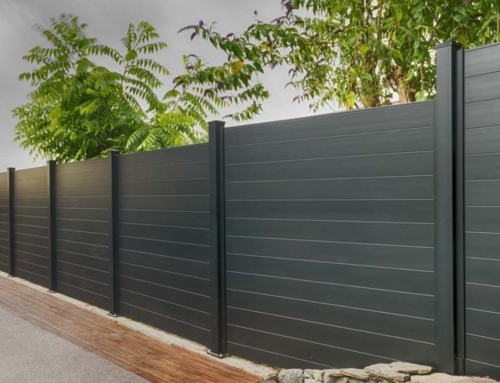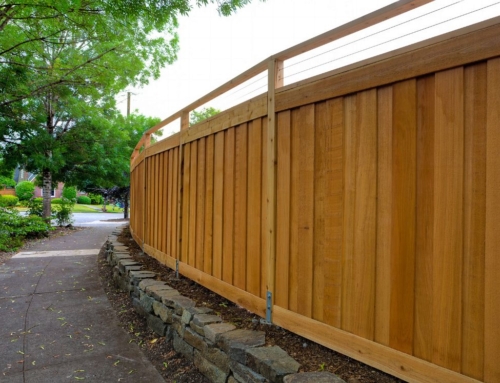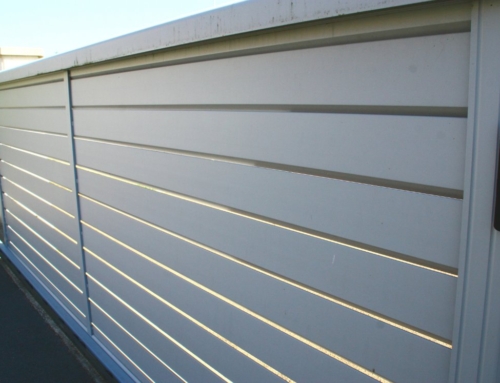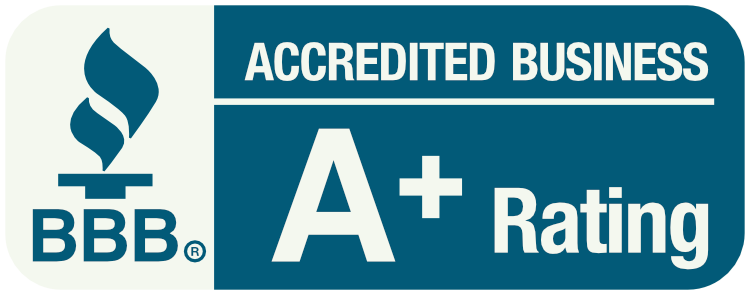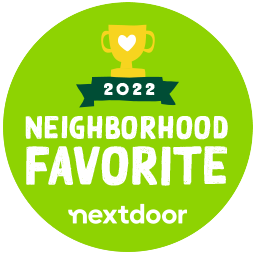Fencing for Pet Safety: Best Options for Keeping Pets Secure
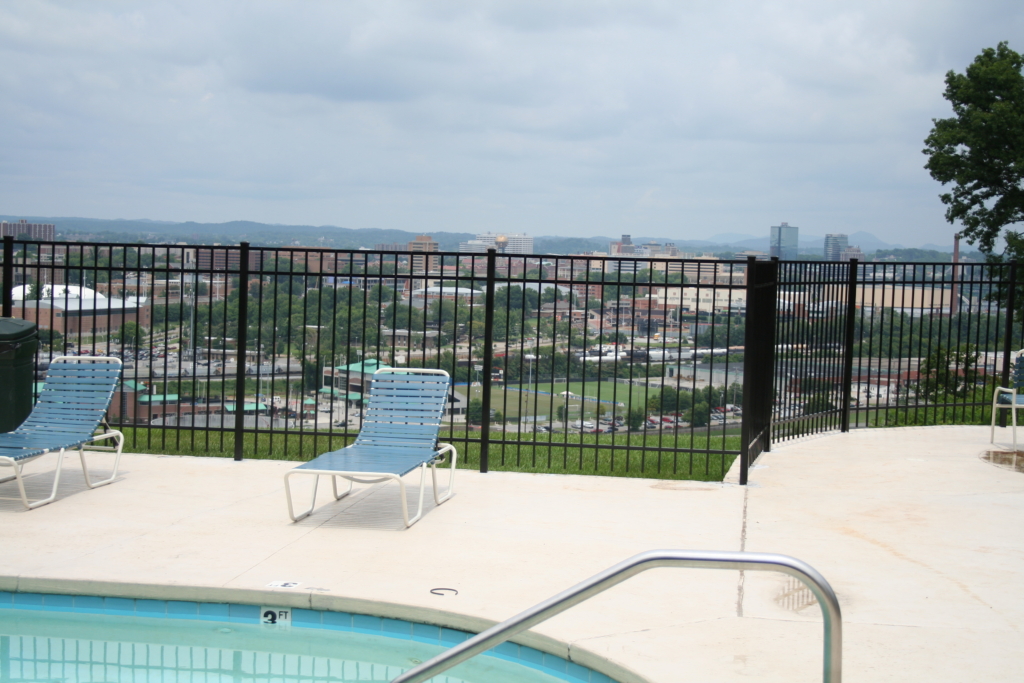
Fencing for Pet Safety: Best Options for Keeping Pets Secure
Choosing the right fencing for your property is crucial when it comes to ensuring the safety and security of your pets. Here’s a guide to help you select the best fencing options tailored to your pet’s needs.
Understanding Your Pet’s Requirements
Before selecting a fence, consider your pet’s size, breed, and behavior. Larger dogs may require taller fences to prevent them from jumping over, while smaller pets might need fences with smaller gaps to prevent them from squeezing through.
Types of Fencing
1. Wooden Fences
Wooden fences provide privacy and are effective at keeping pets contained within the yard. Choose a fence with tightly spaced panels or solid construction to prevent pets from escaping. Regular maintenance such as sealing and staining will help ensure durability.
2. Vinyl Fences
Vinyl fences are low-maintenance and durable, making them a great choice for pet owners. They are resistant to weather elements and do not require painting or staining. Opt for a solid panel design to enhance security and privacy for your pets.
3. Chain-link Fences
Chain-link fences are affordable and provide visibility, allowing pets to see outside without feeling confined. However, they may not offer much privacy. Consider adding privacy slats or mesh fabric if needed. Chain-link fences are durable but may not be suitable for all pets due to their ability to climb or squeeze through gaps.
4. Invisible Fences
Invisible or underground fences use a buried wire that emits a signal to a receiver collar worn by your pet. When the pet approaches the boundary, the collar emits a warning sound or mild static correction. Invisible fences are effective for training pets to stay within boundaries but should be used in conjunction with traditional fencing for safety.
Considerations for Installation
Ensure the fence is properly installed to prevent gaps or weak spots that pets could exploit. Check for any potential escape routes such as digging underneath or jumping over the fence. Regularly inspect the fence for damage and promptly repair any issues to maintain its effectiveness.
Conclusion
Choosing the right fencing for pet safety involves understanding your pet’s needs and behaviors, selecting a suitable material, and ensuring proper installation. Whether you opt for a wooden, vinyl, chain-link, or invisible fence, prioritizing your pet’s security will provide peace of mind knowing they are safe within their outdoor space. Contact Bryant Fence today to explore fencing options tailored to your pet’s safety and your property’s needs.

